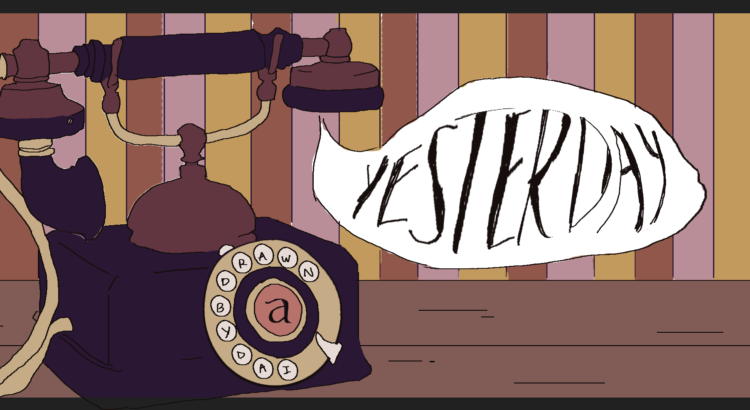
As the final installment of my three-part series about Asian American Hollywood actors and actresses, I wanted to focus on a woman not as well known as Anna May Wong or Sessue Hayakawa: Kieu Chinh, a Vietnamese American woman who most commonly acted in Vietnam War films. Featured in films such as Operation: CIA (1965) and A Yank in Viet-nam (1964), she later stated in an interview with the New York Times that “I’d like to see more stories based on the Vietnamese people, on our culture, so the audience will see more of the civilian side of life instead of just barbed wire, blood and bombing”. More recently, she starred as Suyuan in The Joy Luck Club (1993) and Journey from the Fall (2005), a film that follows a Vietnamese family through the re-education camps, boat people experience, and being refugees in the U.S. after the fall of Saigon. Since the start of her career, she’s received numerous awards, including an Emmy Award and multiple lifetime achievement awards.




